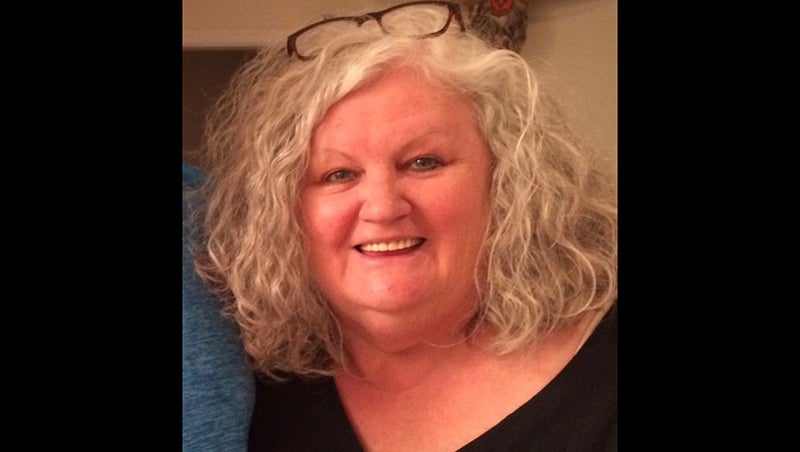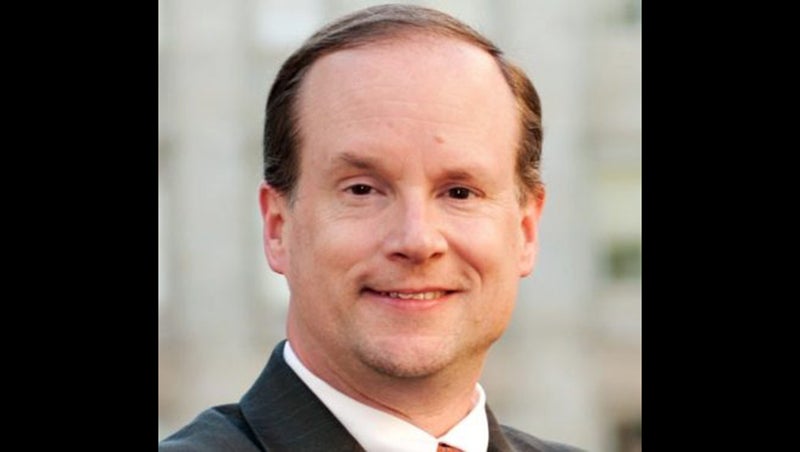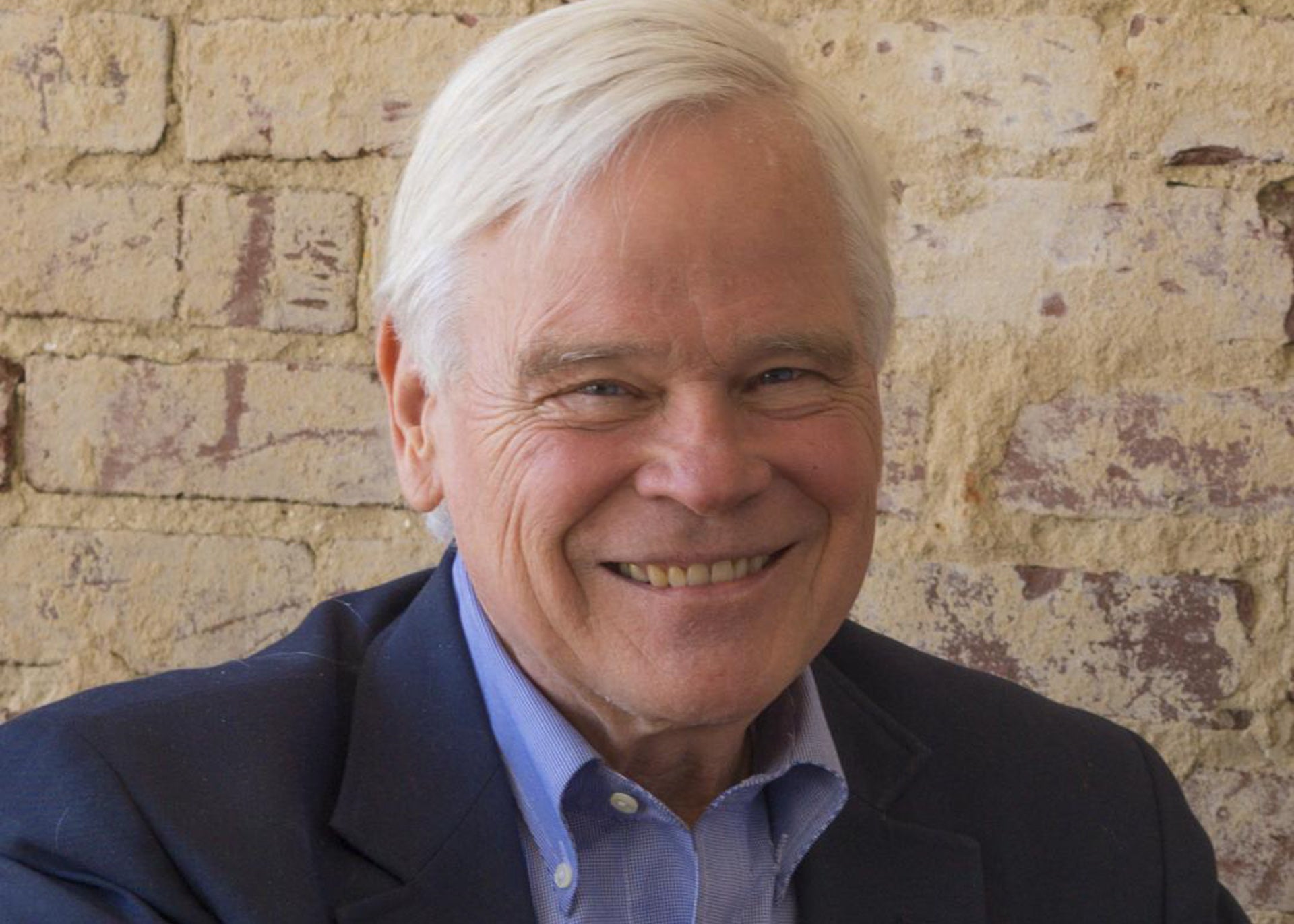Guest Opinion: COVID-19 reveals shortages in rural health care
Published 7:52 am Saturday, December 12, 2020

- Nathan Beacom
|
Getting your Trinity Audio player ready...
|
By Nathan Beacom
In spring 2020, we heard terrible stories of overburdened hospitals leading to preventable deaths in Italy. Soon after, these stories started to hit closer to home – New York City.
Now, as COVID-19 surges to a new peak, these shortages have even reached rural areas, where hospital systems are already often under-resourced and understaffed.
Across the country, rural communities are seeing record numbers of hospitalizations. As of last week, in the region surrounding Platte County, Nebraska, there was only one available intensive care unit (ICU) bed. In late October, North Dakota had only 16 available ICU beds in the entire state, and South Dakota was not far behind. As a result, urban hospitals, themselves overburdened, are seeing rural patients who have been unable to find care in their own area.
Federal and state officials have made moves to increase hospital capacity, including streamlining medical licensing requirements and waiving telehealth regulations. These could help patients to seek care through routes that put less stress on overburdened hospitals.
In the long term, the pandemic has exposed that rural hospitals often lack resources and staffing. This should turn the attention of health care professionals and policymakers toward addressing those shortages.
Getting more rural people insured, eliminating the Medicare sequester for rural hospitals permanently, and allowing those facilities to transition, when appropriate, to outpatient care can be a place to start.
More creative solutions will be needed in the coming years to make sure rural communities have access to adequate health care.
Nathan Beacom is a policy associate for the Center for Rural Affairs.
FOR MORE COLUMNS AND LETTERS TO THE EDITOR, CHECK OUT OUR OPINION SECTION HERE.





